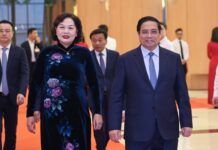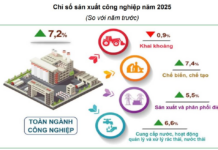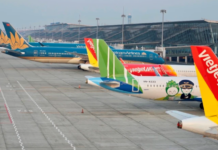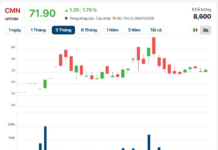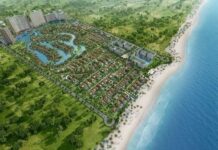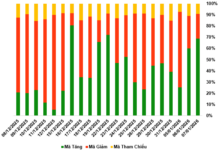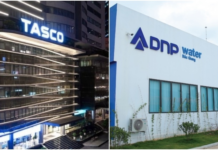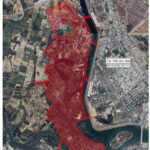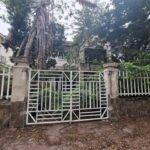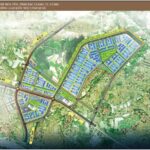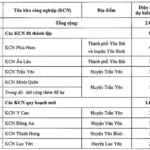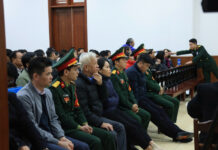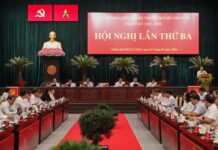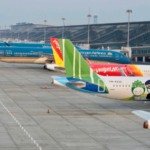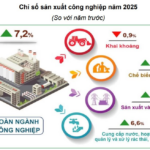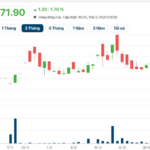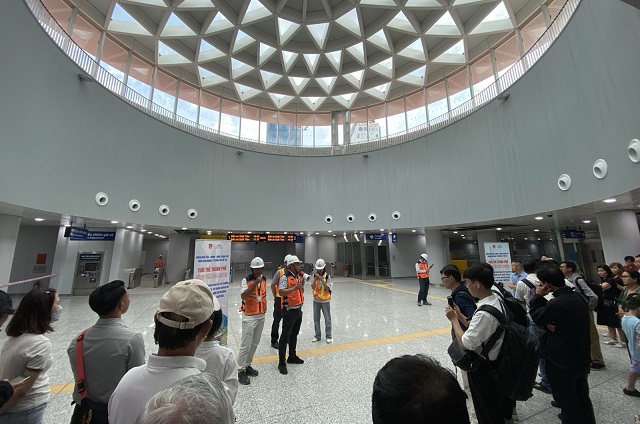
Bến Thành, the underground station in District 1, boasts the largest and most modern scale of Line 1. Photo by Quốc Học
|
On November 23, Chairman of the People’s Committee of Ho Chi Minh City, Phan Van Mai, signed a report to the Prime Minister and the Ministry of Planning and Investment on the pre-feasibility study of the investment project for the construction of Ho Chi Minh City’s Ring Road 4 – the largest road project in the Southeast region to date; a strategic transport axis connecting the Southeast with the Southwest and Central Highlands.
Not to mention, Line 1 of the metro system is being extended into Dong Nai, starting from Suoi Tien station along National Highway 1 to Cho Sat intersection in Bien Hoa city. Towards Binh Duong, the metro will run from Suoi Tien to My Phuoc – Tan Van – XT1 road – the central station (the socio-economic-urban complex of Binh Duong) entirely within the planning framework for the transport infrastructure of this Southeast triangle.
Accompanying these developments are important expressways in the region, such as Ho Chi Minh City – Long Thanh – Dau Giay, Ho Chi Minh City – Thu Dau Mot – Chon Thanh, Ho Chi Minh City – Moc Bai, and Ho Chi Minh City – Trung Luong.
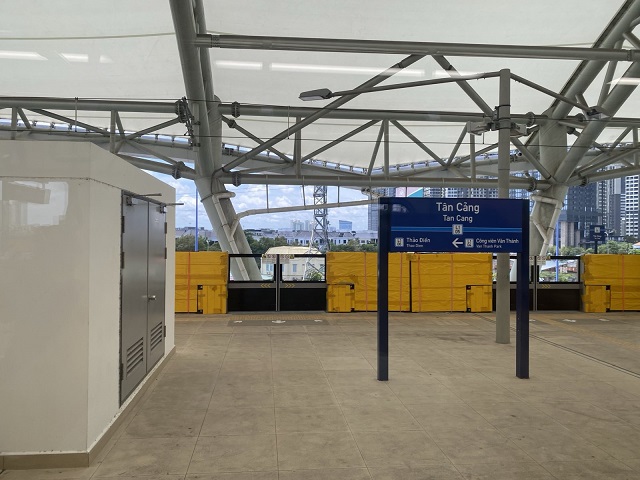
 Inside the train and Tan Cang station. Photo by Quốc Học
|
Of course, it’s not just about road and high-speed rail transport, but also about connecting to seaports (Cai Mep – Thi Vai, Long An International Port, Can Gio International Transit Port) and airports (Long Thanh International Airport, Tan Son Nhat) – the two most important international gateways for the region and the country.
With the official commercial operation of Line 1 starting on December 22, Ring Road 3 has completed the most “challenging” task of land clearance on schedule, and Ring Road 4 has completed the overall dossier in the shortest time possible before submitting it to the Government and then to the National Assembly. Clearly, the bottlenecks have been addressed, and smooth operations have commenced.
Two resolutions of the National Assembly have played a significant role: Resolution 57 on the policy for investment in the construction project of Ho Chi Minh City’s Ring Road 3 and Resolution 98 on the pilot of several mechanisms and policies for the special development of Ho Chi Minh City, based on Resolution 24 of the Politburo on the development of the Southeast region. These have shown remarkable progress compared to the past. The mechanism for direct contracting helps shorten the time for investment preparation of component projects by about four months. The mechanism for capital sources allows adjustments to the mid-term public investment plan and permits increases in total investment from the local budget surplus. The mechanism for component projects to follow the investment decision procedures similar to Group A projects has increased proactiveness, responsibility, and created many advantages in streamlining procedures…

View from the metro towards Vo Nguyen Giap expressway. Photo by Quốc Học
|
This synchronized unblocking has enabled localities to proactively manage capital, balance and allocate funds for large-scale projects like Ring Roads 3 and 4, and first and foremost, address land clearance. This “historic” outcome not only accelerates project progress but also lays the foundation for addressing the issue of “resettling” people, as reasonable compensation leads to high rates of agreement from the residents.
Evidently, the pilot results of Ring Roads 3 and 4 provide a clear demonstration for potential widespread application throughout the country. With the bottlenecks unblocked, human potential unleashed, and infrastructure and transportation projects functioning as intended, they will catalyze the growth of the Southeast region and the Mekong Delta.

Ring Road 3 construction site in Cu Chi. Photo by Lao Dong Newspaper
|
It’s not just about infrastructure, transportation, and urbanization, but also about clusters of ports, industrial parks, logistics chains, and related economic sectors. Importantly, land resources are being unlocked, and people along the expressways, urban railways, and ring roads will be able to “start” and “settle” in their respective residential or temporary settlement areas with a sense of “resettlement.”
The Core of Prosperity: Unveiling the Alluring Charm of Real Estate in Thủy Nguyên
In recent years, Thuy Nguyen has emerged as a hidden gem in Northern Vietnam’s real estate landscape. Savvy investors with an eye for potential view Thuy Nguyen as an area with untapped opportunities. The ancient land along the Bach Dang River boasts a unique feng shui value, attracting the attention of investors well-versed in spiritual science and modern architecture.
The Pearl of Vietnam’s South Central Coast Prepares for a Massive Mixed-Use Development: Nha Trang’s 17.3 Trillion VND Urban Transformation
The Khanh Hoa Provincial People’s Committee has recently passed a resolution on issuing a list of land plots for auction of investment projects involving land use in the province.
The Pearl of the East: Unveiling the Hidden Gem of Nhơn Trạch Urban Area
To realize the planning project for the new Nhon Trach urban area, 74 large-scale projects comprising nearly 5,000 hectares of land have been allocated to investors. However, over the past two decades, this area has become a graveyard for real estate investors and earned unsavory nicknames such as “ghost town” and “the big scam of the decade.”
Viglacera Invests Over 2.1 Trillion VND in an Industrial Park in Yen Bai Province
Vice Prime Minister Tran Hong Ha signed Decision No. 1438/QD-TTg on November 20, 2024, on the policy for investment in the construction and infrastructure business of Tran Yen Industrial Park (phase 1) in Yen Bai province.









